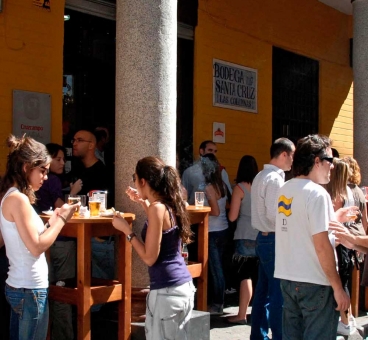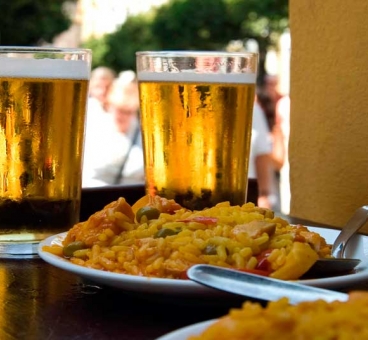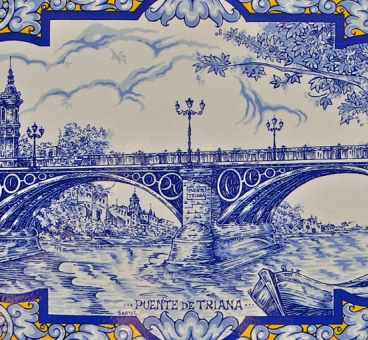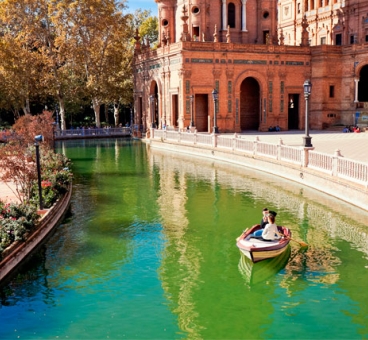The physiognomy of Seville is due in large part to the brilliant contribution of Aníbal González, an architect who assimilated precepts of Modernism to express himself through a style closely linked to his land: Regionalism.
Regionalism develops a look to the past, a reinterpretation of the historical styles of Seville's architecture. Mudejar becomes Neo- Mudejar, Baroque becomes Neo- Baroque, Gothic becomes Neo-Gothic ... historical Seville grows with historicist Seville. And all thanks to the talent of a small group of architects, among which the figure of Aníbal González stands out.
Prolific like Eiffel in Paris, and significant in the reinvention of urban landscapes, like Gaudí in Barcelona, Aníbal González knew how to set up an architectural current that clung to the philosophy of his city as the forge adheres to the brick of its characteristics constructions.
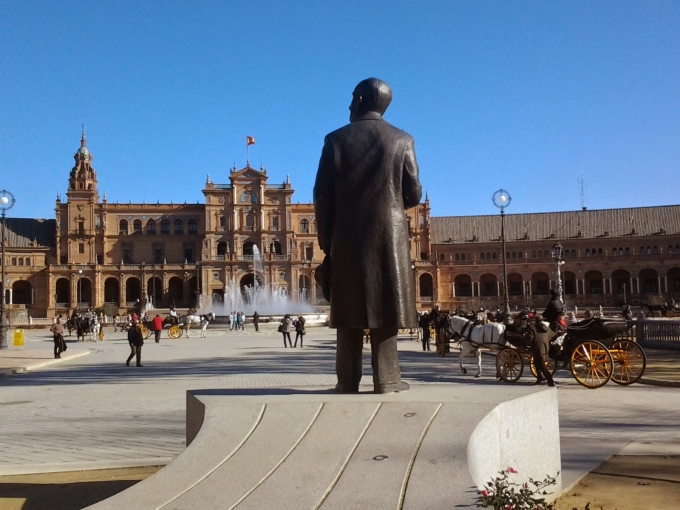
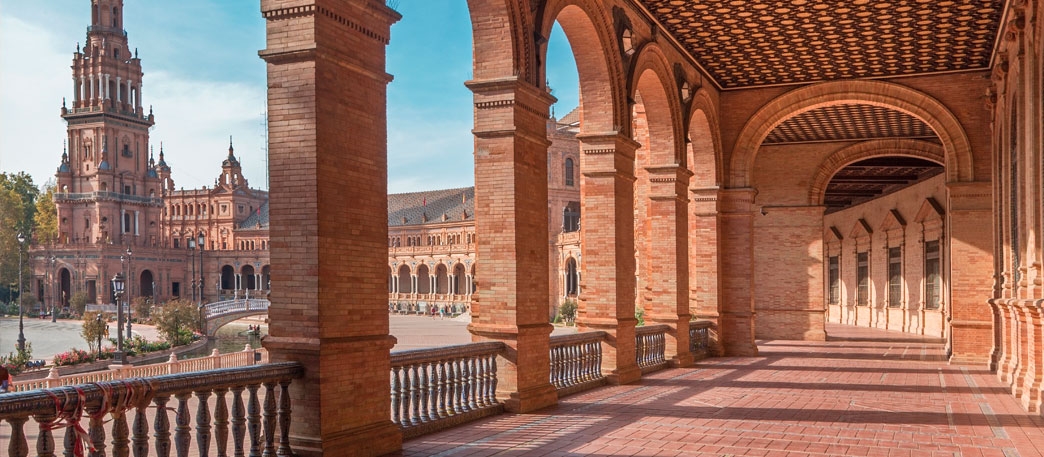
You can find buildings of this architect spread all over the city: from stately houses of the centre, to buildings of an institutional character, through to communal housing. If you ask people who their creator was, they will almost always tell you "...Aníbal González, I think", because he really was a prolific artist, but also because although some are not his designs, his influence can be seen in many constructions of the time.
Regionalism reinterprets historical styles of Sevillian architecture.
tweet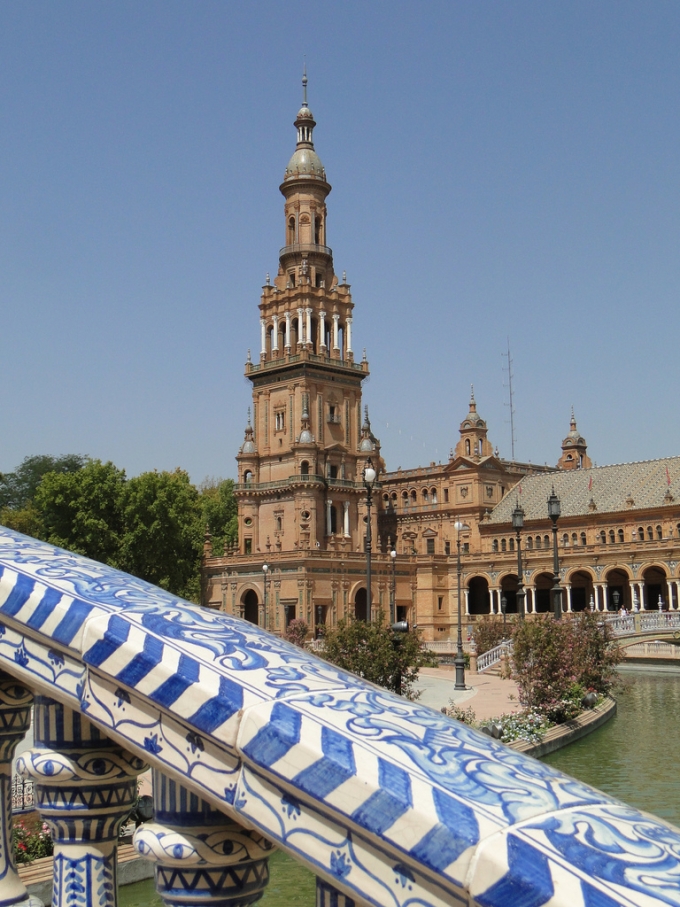
But above all, Aníbal González played an essential role in the great Ibero-American Exhibition of 1929, with the design of the pavilions and new urban spaces that the show contributed to Seville. The most outstanding include:
The Archaeological Museum. Former Pavilion of Fine Arts of the Ibero-American Exhibition of 1929, created in a Neo-Renaissance style.
-
The Mudejar Pavilion. Also located in the Plaza de América of María Luisa Park, this Neo-Mudejar building houses the Museum of Popular Arts and Customs of Seville.
-
The Royal Pavilion. This is the third of the buildings located in this lavish square, and completes the homage to the architectural styles of the city with its Neo-Gothic design.
-
And of course ... Plaza de España (Spain Square). Probably the most spectacular space of regionalist architecture. Entrusted to architect Aníbal González for the Ibero-American Exhibition of 1929, it was inaugurated by King Alfonso XIII. Its total area is 50,000 square meters, of which 19,000 are built on and the remaining 31,000 is free space.
- The Chapel of the Luises is an excellent demonstration of its Neo-Gothic architecture.
- The House for Laureano Montoto is one of his works that is more oriented towards Modernism.
- The Chapel of Carmen is the entrance to Triana and the preamble of his most important work: Plaza de España.
